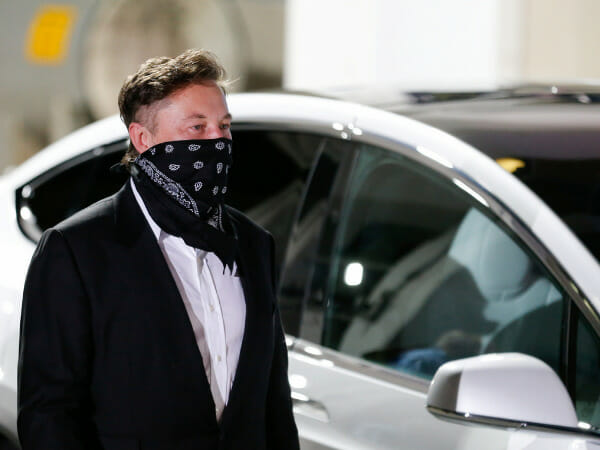SpaceX to end production of flagship Crew Dragon capsule
SpaceX has ended production of new Crew Dragon astronaut capsules, a company executive told Reuters, as Elon Musk’s space transportation company heaps resources on its next-generation spaceship program.
Capping the fleet at four Crew Dragons adds more urgency to the development of the astronaut capsule’s eventual successor, Starship, SpaceX’s moon and Mars rocket. Starship’s debut launch has been delayed for months by engine development hurdles and regulatory reviews.
It also poses new challenges as the company learns how to maintain a fleet and quickly fix unexpected problems without holding up a busy schedule of astronaut missions.
“We are finishing our final (capsule), but we still are manufacturing components, because we’ll be refurbishing,” SpaceX President Gwynne Shotwell told Reuters, confirming the plan to end Crew Dragon manufacturing.
She added that SpaceX would retain the capability to build more capsules if a need arises in the future, but contended that “fleet management is key.”
Musk’s business model is underpinned by reusable spacecraft, so it was inevitable the company would cease production at some point. But the timing was not known, nor was his strategy of using the existing fleet for its full backlog of missions.

SpaceX founder Elon Musk arrives ahead of the launch of the SpaceX Falcon 9 rocket with the Crew Dragon capsule, before launch of their NASA commercial crew mission at Kennedy Space Center in Cape Canaveral, Florida, U.S., April 23, 2021. REUTERS/Joe Skipper
Crew Dragon has flown five crews of government and private astronauts to space since 2020, when it flew its first pair of NASA astronauts and became the U.S. space agency’s primary ride for getting humans to and from the International Space Station.
After each flight, the capsules undergo refurbishment at SpaceX facilities in Florida, which the company calls “Dragonland.”
“There’s lifetime cycle issues, where once you start using it the third, fourth, fifth time, you start finding different things,” said retired NASA astronaut and former SpaceX executive Garrett Reisman, who now consults for the company on human spaceflight matters.
“SpaceX is really good about identifying these issues quickly and then acting quickly to fix them,” Reisman added, pointing to an investigation in 2021 in which SpaceX discovered and fixed within months a toilet leak aboard a Crew Dragon capsule that had flown humans twice.
NASA has given SpaceX some $3.5 billion to help develop and subsequently use Crew Dragon for six flights to the space station. It added three more missions to fill in for delays with Boeing Co’s Starliner capsule.
SpaceX has flown four crews of astronauts to the space station under its NASA contract at roughly $255 million per flight. The company carried out a fully private mission last year with four passengers, including a billionaire entrepreneur who funded the flight, for a three-day trip in Earth orbit.
At least four more private astronaut missions on Crew Dragon are planned with Houston-based space station builder and spaceflight manager Axiom Space, with the first so-called Ax-1 mission scheduled for April carrying four entrepreneurs to the space station to conduct scientific research.
Related Articles
Musk, SpaceX’s founder and chief executive, has focused intensely in recent years on the company’s hasty development of a re-usable Starship, the centerpiece of Musk’s aim to eventually colonize Mars.
Like Crew Dragon, SpaceX’s workhorse reusable rocket, the Falcon 9, and its more powerful variant Falcon Heavy are also refurbished after each flight, and not every component is able to fly to space more than once.
“The goal is to get more and more like aircraft operations, where you can take the vehicle after it lands, fill it back up with gas and oxygen, and go again very rapidly,” Reisman said.
“Starship, if it achieves its design objectives, would be able to affordably replace everything that Falcon 9, Falcon Heavy and Dragon can do.”
(Reporting by Joey Roulette in Washington; Editing by Eric M. Johnson and Leslie Adler)

